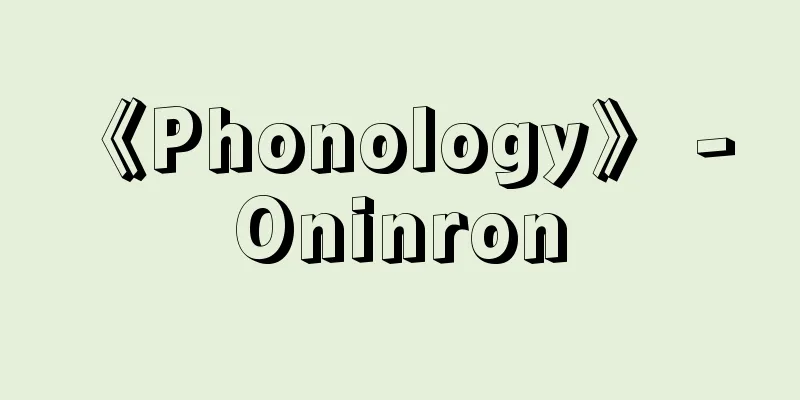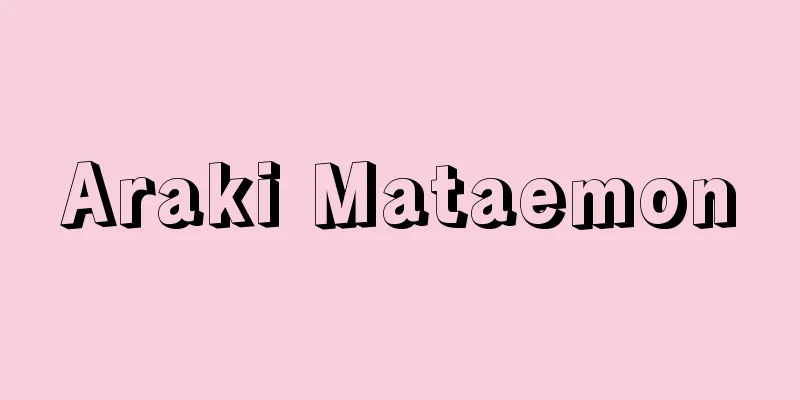《Phonology》 - Oninron

|
…These studies were compiled in “Studies on the Phonological History of the Japanese Language” (1944), which won him the Japan Academy Prize in 1952. Regarding general phonology, he developed his own theory with strong psychological overtones in his doctoral dissertation “Phonology” (1940). His other works include “A Study of Ancient Phonology” (1955), which was a compilation of his posthumous manuscripts. … *Some of the terminology explanations that mention "phonology" are listed below. Source | Heibonsha World Encyclopedia 2nd Edition | Information |
|
…これらの研究は《国語音韻史の研究》(1944)にまとめられ,52年日本学士院賞を受賞した。一般音韻論については学位論文《音韻論》(1940)で心理主義的色彩の強い独自の理論を展開した。ほかに,遺稿を整理して刊行した《上代音韻攷》(1955)などがある。… ※「《音韻論》」について言及している用語解説の一部を掲載しています。 出典|株式会社平凡社世界大百科事典 第2版について | 情報 |
>>: Regularity of phonological change
Recommend
Gimbutas, M.
...In the study of ancient records of Baltic myth...
Tabulinum
…The atrium is a small courtyard surrounded by a ...
Machine elements
The smallest functional unit that makes up a mach...
chitarrone
...The Baroque period also saw the appearance of ...
Powder compact
Sintering is a process where the powder particles...
Synchronic state
〘noun〙 The aspect of language viewed from the pers...
Akan people
… [Nobuyuki Hashimoto] [Residents, Society] The p...
Salt addict - Ento (English spelling) yan-tu; yen-t`u
In China, a group of people who smuggled salt unde...
Pounding rice cakes with a planthopper - Pounding rice cakes with a planthopper
... In Japan, their emergence has been considered...
Kangean Island dialect - Kangean Island dialect
...It is based on the island of Madura in the nor...
Marsh, Othniel Charles
Born October 29, 1831 in Lockport, New York. [Died...
Oarai Beach
This coastline faces the Pacific Ocean and spreads...
Ordinal numbers
A finite set A with n elements can be expressed a...
Paper mulberry
Paper mulberry Bast Jinpi Using fiber as raw mater...
Lantern (Snow Cave) - Lantern
A type of lighting device. Bonbori is a corrupted ...









